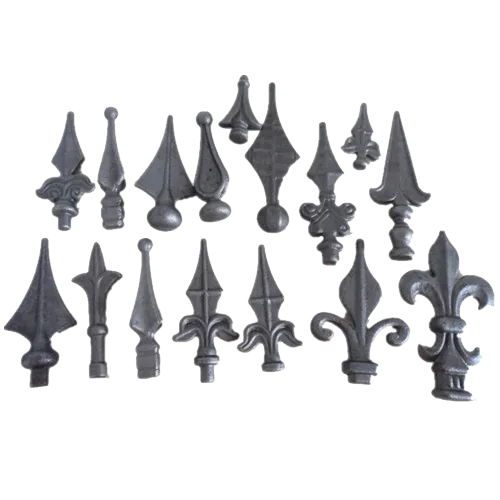Mobile:+86-311-808-126-83
Email:info@ydcastings.com
Understanding the Factors Influencing Submersible Impeller Pricing and Market Trends Today
Understanding Submersible Impeller Prices Factors and Considerations
Submersible impellers are crucial components in various applications, primarily in water and wastewater treatment, as well as in various industrial processes. These devices are designed to enhance the flow and circulation of liquids, making them indispensable in environments where traditional pumps are impractical. As industries become more reliant on effective fluid management, understanding the pricing of submersible impellers is essential for decision-makers. This article explores the factors influencing the price of submersible impellers and provides insights for businesses looking to invest in these vital tools.
The Basics of Submersible Impellers
Submersible impellers function by converting rotational energy from a motor into kinetic energy in the fluid, facilitating efficient movement and mixing. Their design can vary greatly depending on the intended application, including different materials, sizes, and configurations. This versatility means that prices can range significantly based on the specific requirements of a project or installation.
Key Factors Influencing Price
1. Material Composition The material used in the construction of submersible impellers directly impacts their cost. Common materials include stainless steel, bronze, and various polymers. Stainless steel impellers, for example, are often more expensive due to their corrosion resistance and durability, making them suitable for harsher environments. Conversely, plastic impellers are generally cheaper but may not withstand demanding conditions over time.
2. Design and Engineering The complexity of the impeller design and the engineering involved also play critical roles in pricing. Custom-designed impellers tailored to specific operational conditions will incur higher costs than standardized models. Factors like impeller diameter, blade shape, and the number of blades can all affect performance and, consequently, the price.
submersible impeller price

3. Performance Specifications Submersible impellers are graded according to their performance capabilities, which directly correlate with their price. Higher capacity impellers designed for heavy-duty applications typically cost more. Organizations must balance their need for efficiency with budgetary constraints; choosing an impeller that meets performance requirements without overpaying for unnecessary features is vital.
4. Brand and Manufacturer The reputation and reliability of the manufacturer can significantly influence pricing. Established brands with a track record of high-quality products may charge a premium, while lesser-known manufacturers may offer lower prices. However, it is crucial for buyers to consider long-term value, including warranty, service, and support, which can justify higher initial costs.
5. Market Demand and Economic Factors Like any commodity, the prices of submersible impellers can fluctuate based on market demand and broader economic conditions. During periods of increased demand, such as after natural disasters or in growing urban areas, prices may rise. Supply chain disruptions, material shortages, and inflation can also impact costs.
Making Informed Purchasing Decisions
For businesses considering an investment in submersible impellers, it is essential to conduct thorough research and assessment. Comparing prices across different manufacturers, evaluating performance specifications, and considering total lifecycle costs can lead to more informed purchasing decisions. Additionally, consulting with engineers or industry experts can provide valuable insights into selecting the most appropriate impeller for specific needs.
Ultimately, understanding the various factors that influence the price of submersible impellers can empower organizations to make strategic investments that enhance operational efficiency and cost-effectiveness. In a competitive landscape, this knowledge not only aids in budgeting but also ensures that companies remain agile and responsive to the demands of their industries.
-
Why Should You Invest in Superior Pump Castings for Your Equipment?NewsJun.09,2025
-
Unlock Performance Potential with Stainless Impellers and Aluminum End CapsNewsJun.09,2025
-
Revolutionize Your Machinery with Superior Cast Iron and Aluminum ComponentsNewsJun.09,2025
-
Revolutionize Fluid Dynamics with Premium Pump ComponentsNewsJun.09,2025
-
Optimizing Industrial Systems with Essential Valve ComponentsNewsJun.09,2025
-
Elevate Grid Efficiency with High-Precision Power CastingsNewsJun.09,2025











